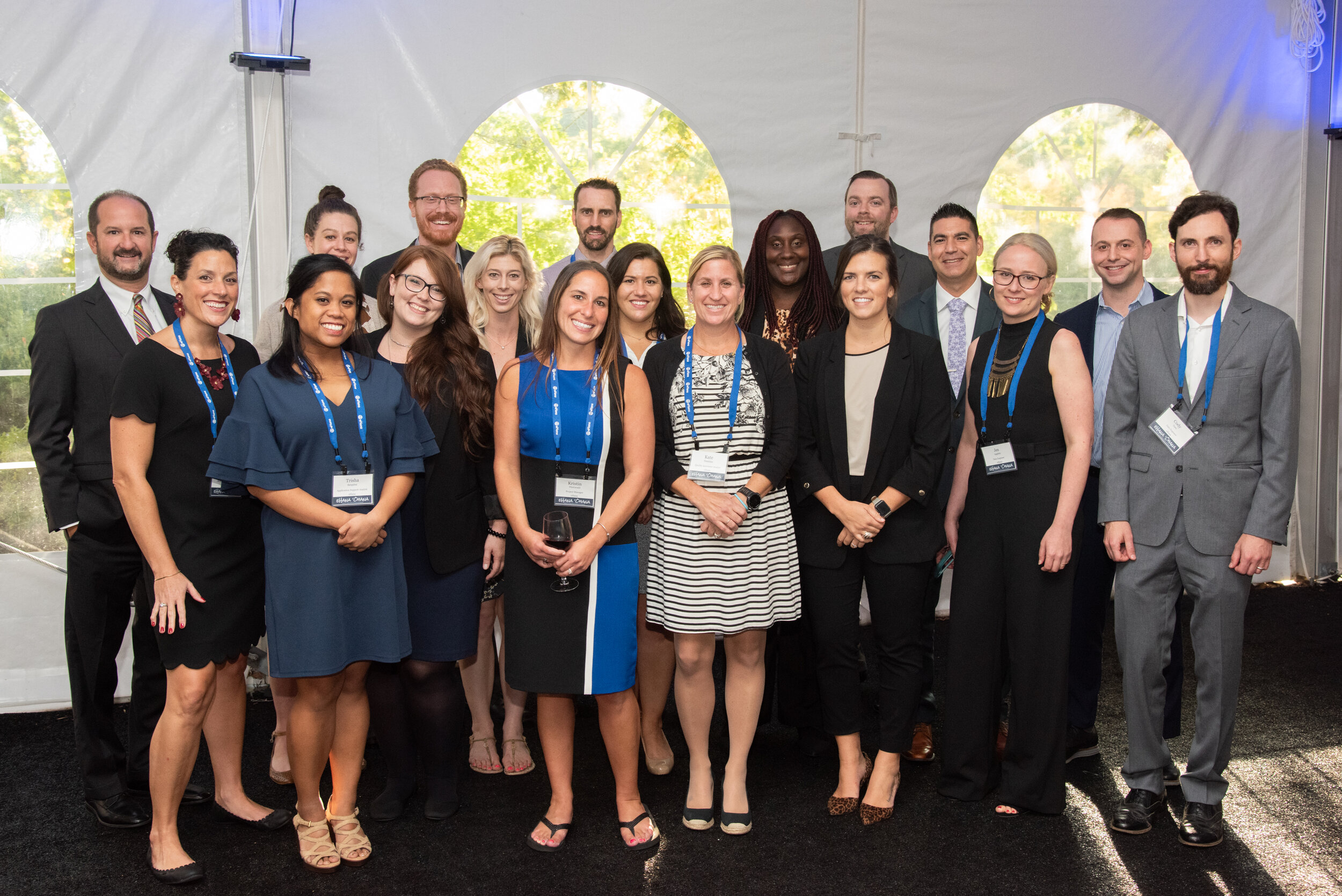On September 25th over 150 providers, leaders, and innovators gathered at the Boston Newton Marriott for a day of learning, collaborating, and networking at the sixth annual eHana ‘Ohana Conference. The event was a huge success, with a mix of informative presentations, engaging panels, and peer networking focused on the challenges and opportunities facing behavioral health, intellectual/developmental disability, substance use disorder, and social service providers in 2019.
The conference opened with eHana CEO Jacob Buckley-Fortin analyzing recent technology trends, followed by eHana’s VP of Product and Services Kaipo Henning drilling into the day’s theme of using data to support providers as the industry continues its shift from a fee-for-service payment model to value-based care.
““Controlled chaos is okay, but you need a plan to work through the chaos.””
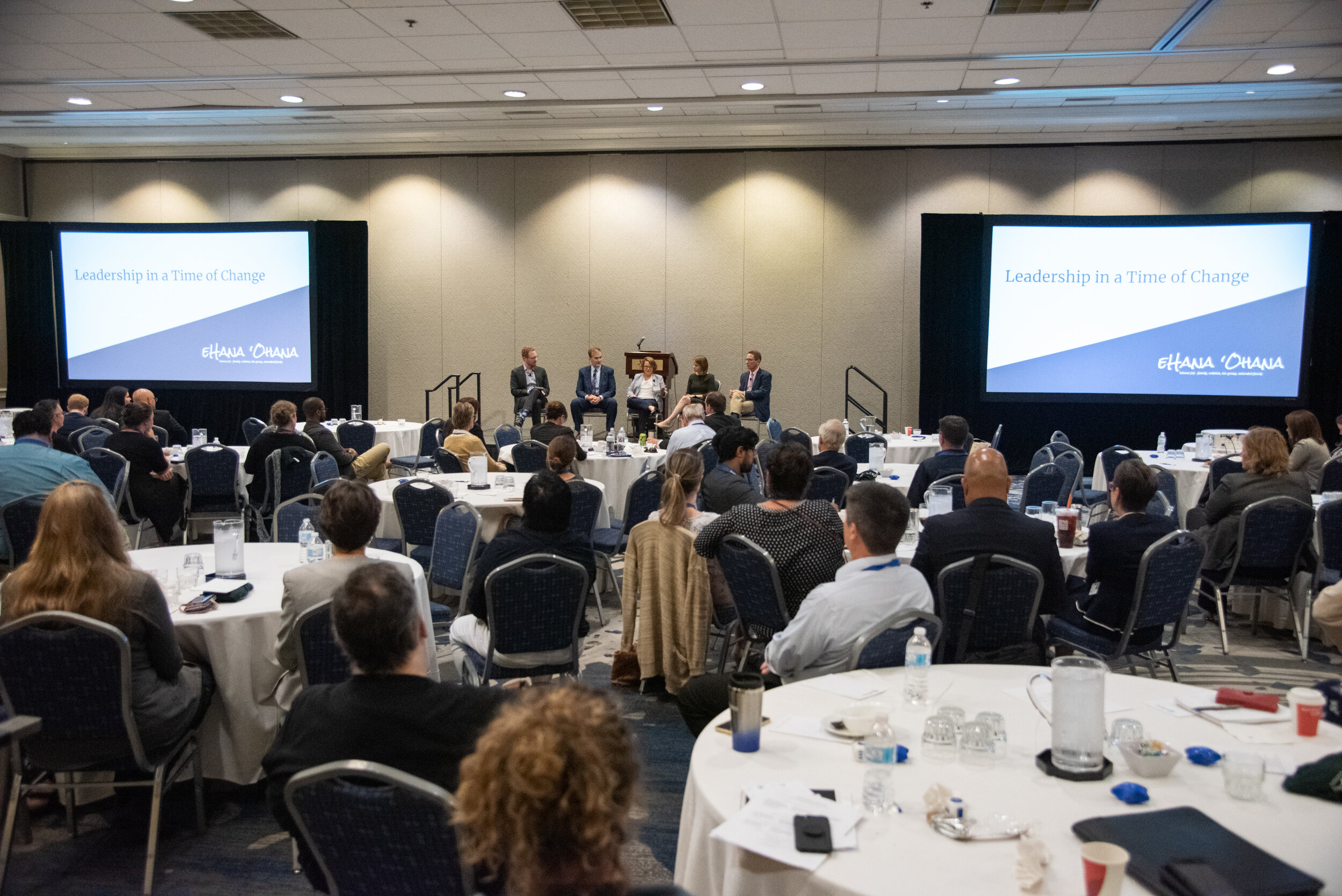

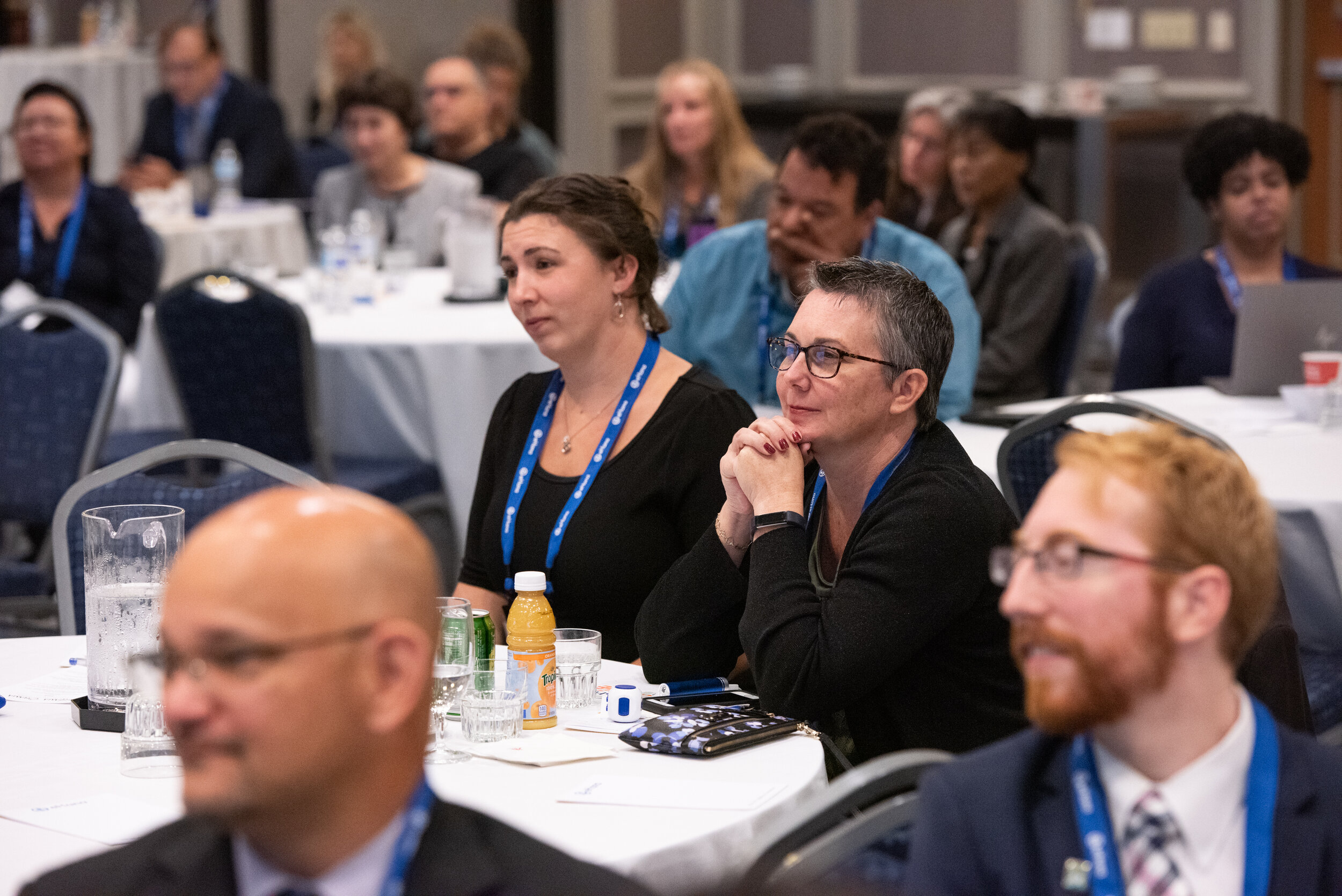
Many of the day’s sessions and panels dealt with operating in an industry that never stands still: changing payment models, new partnerships, evolving technology, and persistent workforce and rate-setting challenges.
During the “Leadership in a Time of Change” panel, leaders Chris Tuttle (Bridgewell), Ann Pelletier Parker (Advocates & BHPMW), Rebekah Conway Roulier (Doc Wayne), and Ken Bates (Open Sky Community Services) discussed how their organizations adapt and evolve in a changing environment. In the words of Bridgewell’s Chris Tuttle: “Sometimes fear of chaos stops organizations from growing. Controlled chaos is okay, but you need a plan to work through the chaos. Don’t fear the unknown - embrace failure because it means you’re trying.”
At the association leaders panel, Lydia Conley from the Association for Behavioral Health, Ellen Attaliades from the Association of Developmental Disabilities Providers, and Kathryn Cohen from the Children's League of Massachusetts discussed their respective industries, their advocacy efforts, and the on-the-ground impact of system-wide change. One common thread involved managing the constantly-changing expectations of different payers and funders – often with their own unique data collection and reporting needs.
Once you’ve adapted your IT systems to the changing environment, how do you roll out new features and support your teams? That was the topic covered in a session with experts from eHana and Luke Welling, an EHR Specialist at Springfield, Massachusetts-based provider CHD. When new features are rolled out, Luke recommended setting up consistent and repeatable communication pathways, distributing relevant information to as many people as possible, soliciting feedback from super users and key committees, encouraging awareness with techniques borrowed from marketing (such as catchy subject lines), and distilling and simplifying release notes for broad distribution.
““We are all embarking on this journey together to figure out what it means to pay for value instead of volume.””
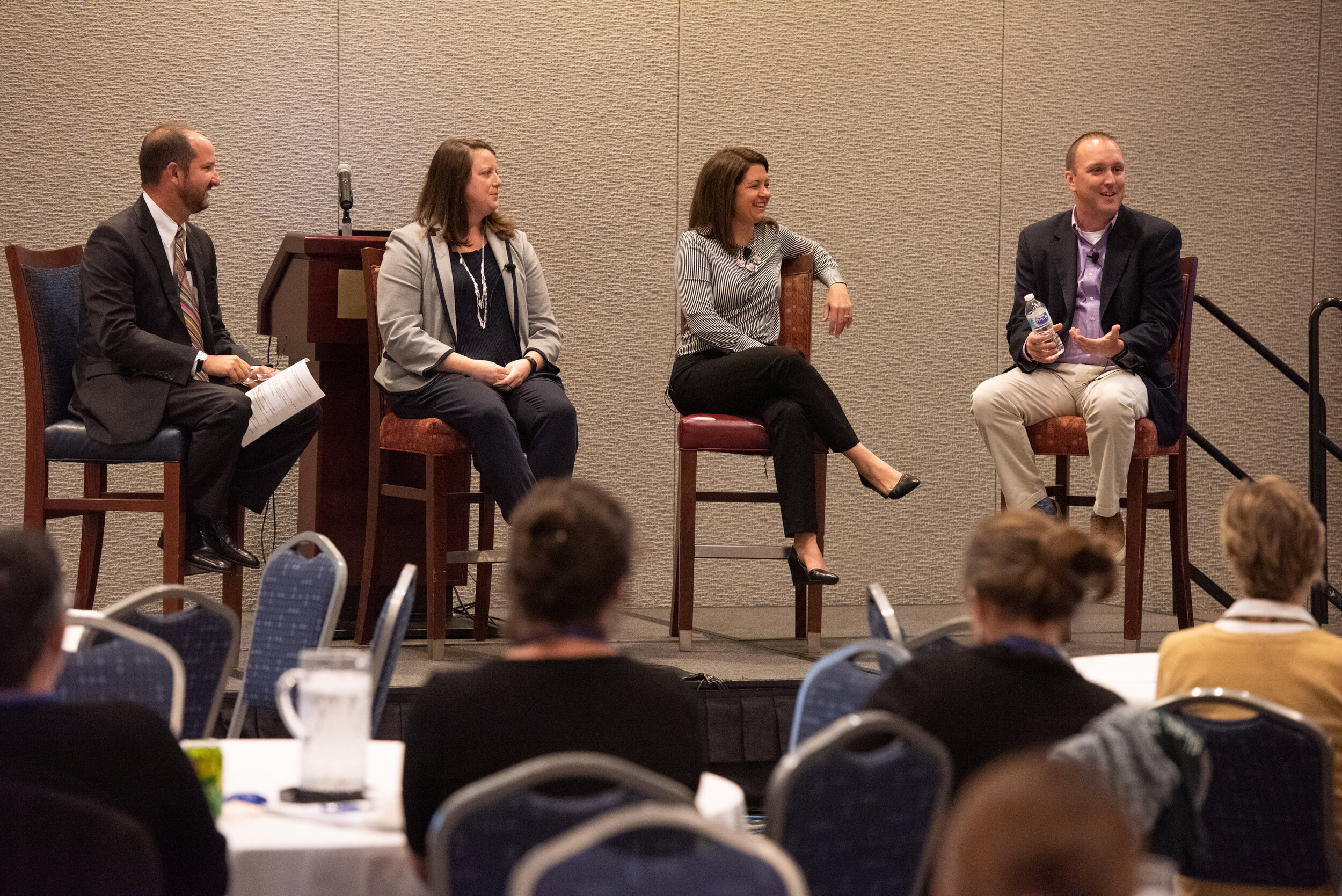
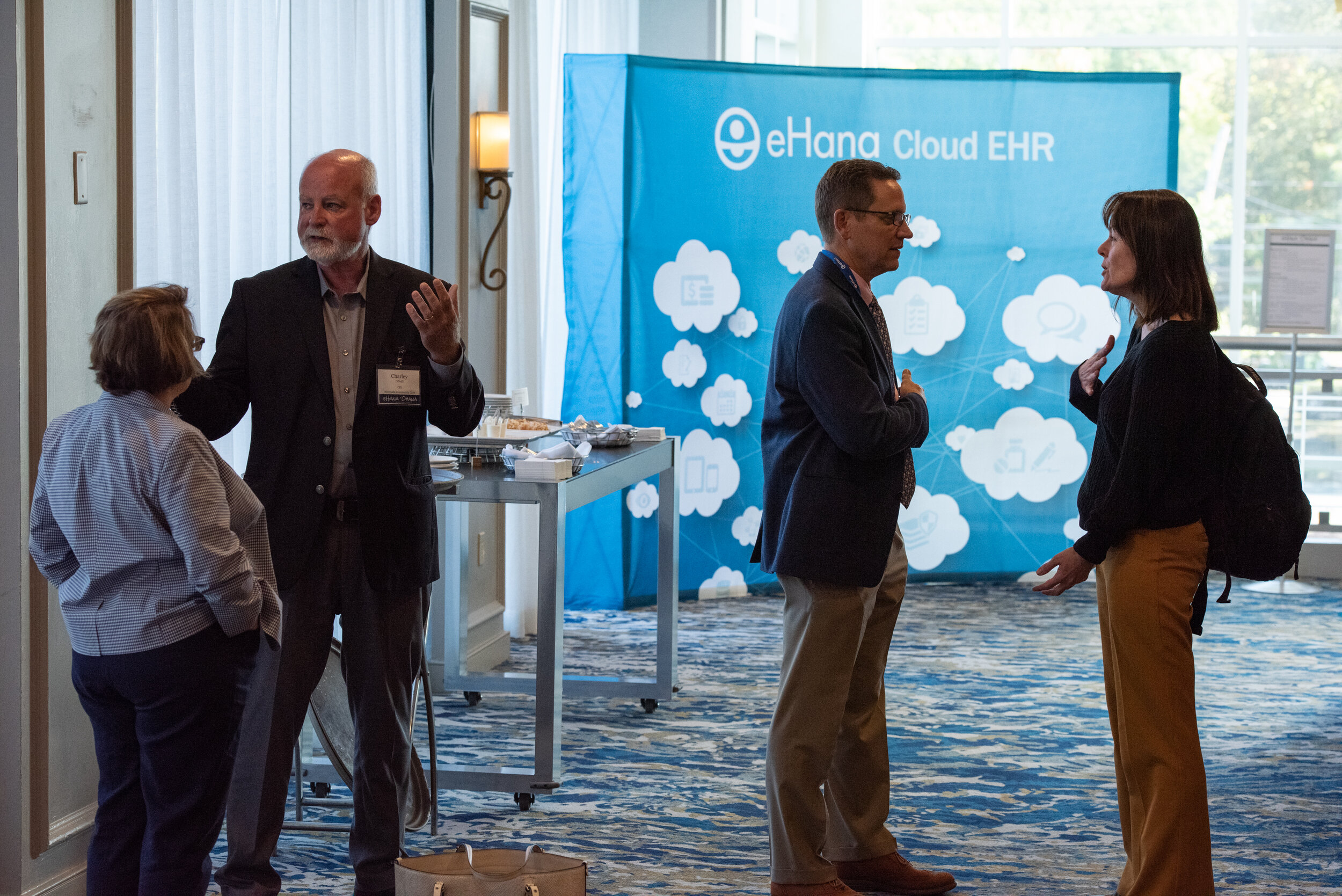
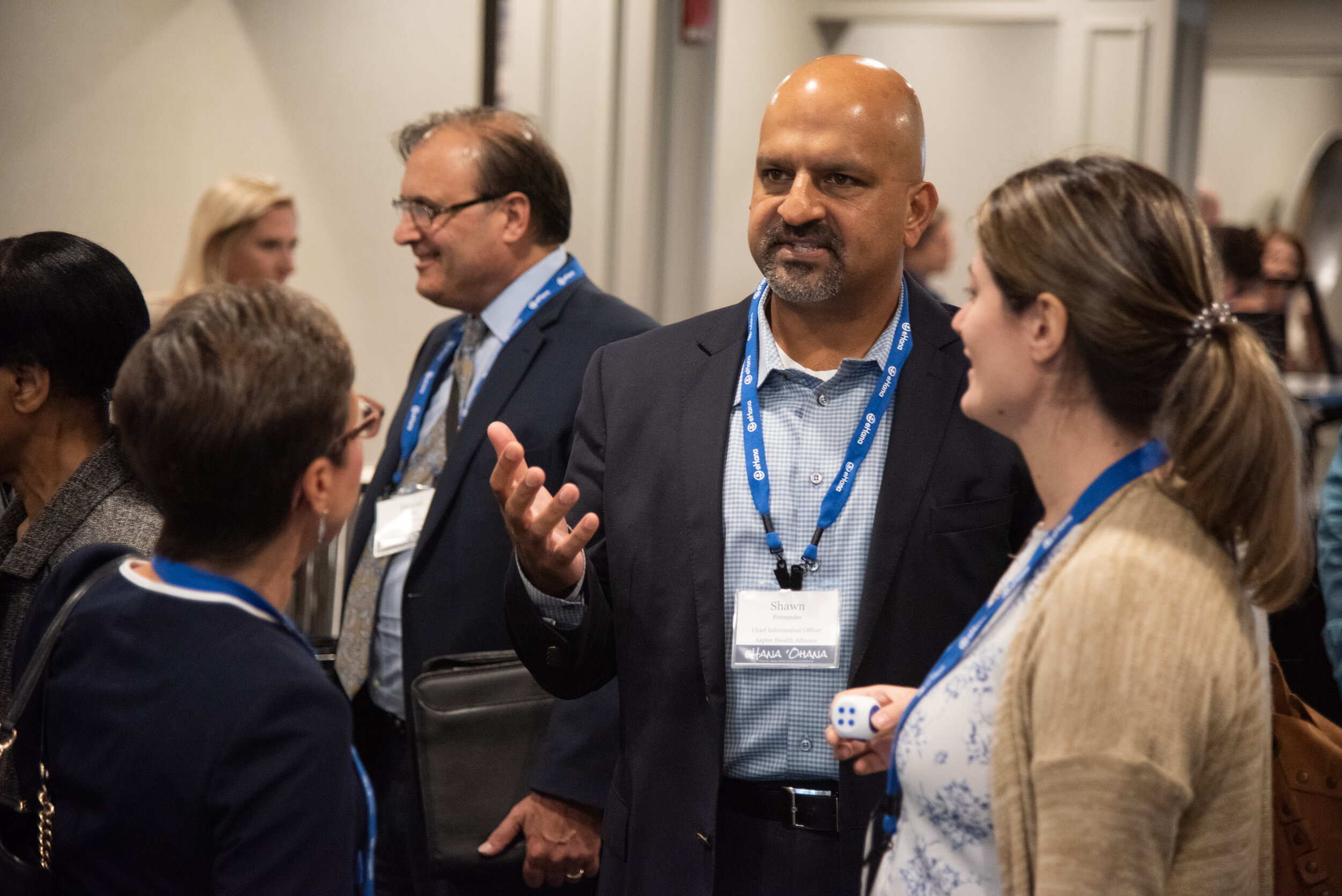
The industry continues its slow move from a fee-for-service model to an accountable care/value-based model of payment, where providers are paid for the quality and cost-effectiveness of the care they provide.
During a panel moderated by eHana’s VP of Strategy Vic DiGravio, local behavioral health payers discussed practical challenges of applying value-based payment models to behavioral health and human service providers. Cara Eldridge of Tufts Health Plan encouraged providers to ask “what problem am I trying to solve? What outcomes measures can I use to measure success?” and to focus on 2-3 measures in a niche area, such as Medication Assisted Treatment (MAT). Mark Deasy of Beacon Health Options observed that “every provider is different” and said to expect meaningful working conversations with payers to get value-based payment (VBP) models right. Angie Costello, also of Tufts Health Plan, summed things up: “It’s hard work getting these programs going.”
“We’re all embarking on this journey together,” observed Stephanie Jordan Brown, acting head of the Office of Behavioral Health for MassHealth (Massachusetts Medicaid) during the session “The EHR of the Future.” Stephanie was joined by Courtney DeWolfe, MassHealth’s Director of Behavioral Health Policy and Finance, to discuss designing EHRs to meet evolving industry requirements and “de-siloing” information systems to provide more effective whole-person care. One of the many fascinating topics included the power of innovative technology to inform public policy, and how EHRs in particular can act as a powerful tool for collecting data in support of the move to value-based care.
During his morning keynote, eHana CEO Jacob Buckley-Fortin used the metaphor of exploring the wild west frontier to explain the transition to value-based care: the frontier has been explored, the initial settlements are built, and now providers are planting seeds, preparing for the future. One of these “seeds” is the MassHealth Community Partner (CP) program, an innovative and experimental care coordination and care management program, provided in collaboration with Medicaid Accountable Care Organizations (ACOs). eHana currently provides the core technology for 21 of the 27 contracted MassHealth Community Partners.
Camille Vasquez, the Deputy Director of Implementation and Reporting for the MassHealth Community Partner (CP) program, presented an update on the state’s CP program to a packed breakout room. She pointed to a “huge variety” of relationships defined in over 280 individual contracts signed between CPs and ACOs and presented real-world examples of CPs dramatically improving patient outcomes and reducing the overall cost of care.
““The solution is to build partnerships to coordinate and integrate care across the healthcare continuum.””
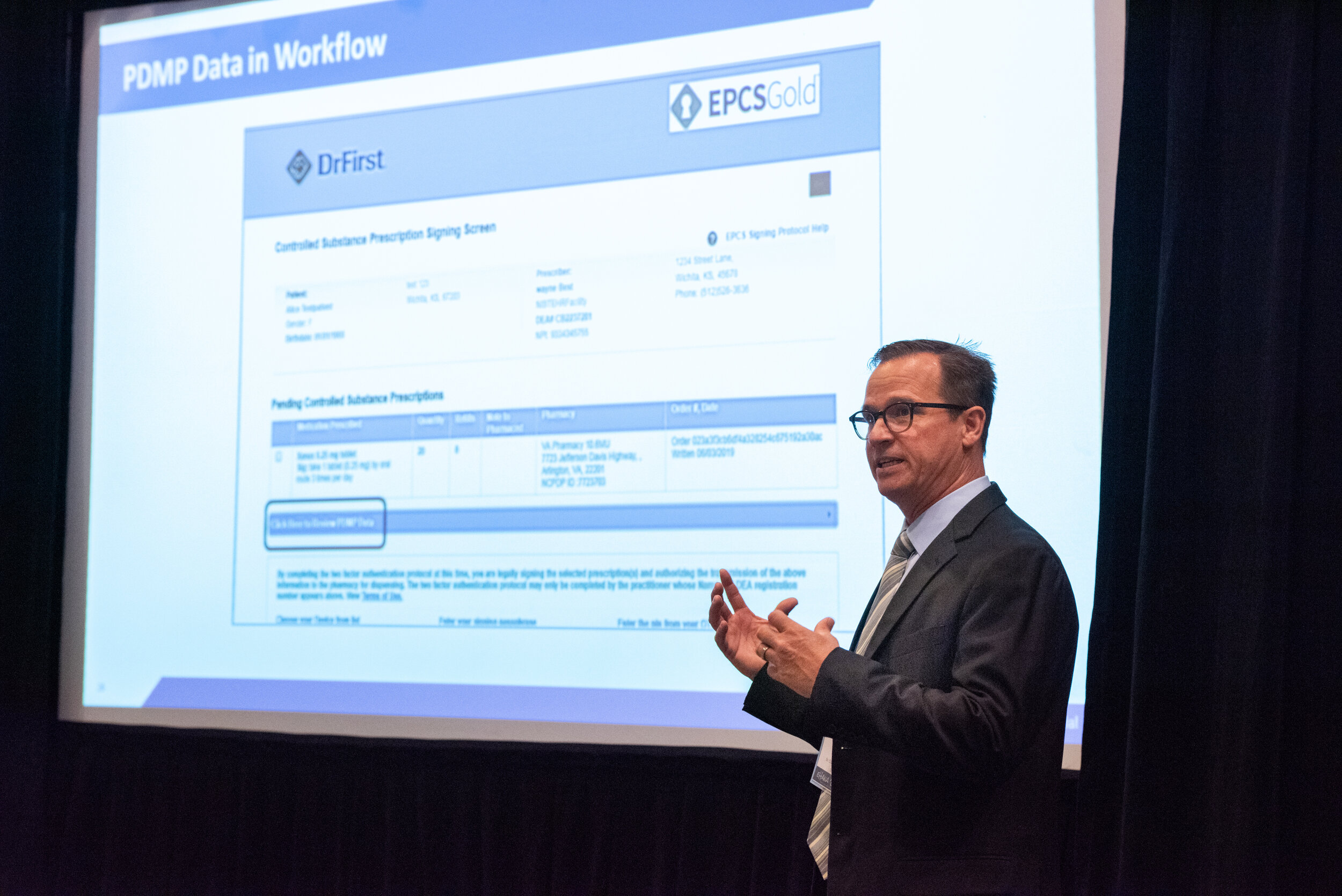
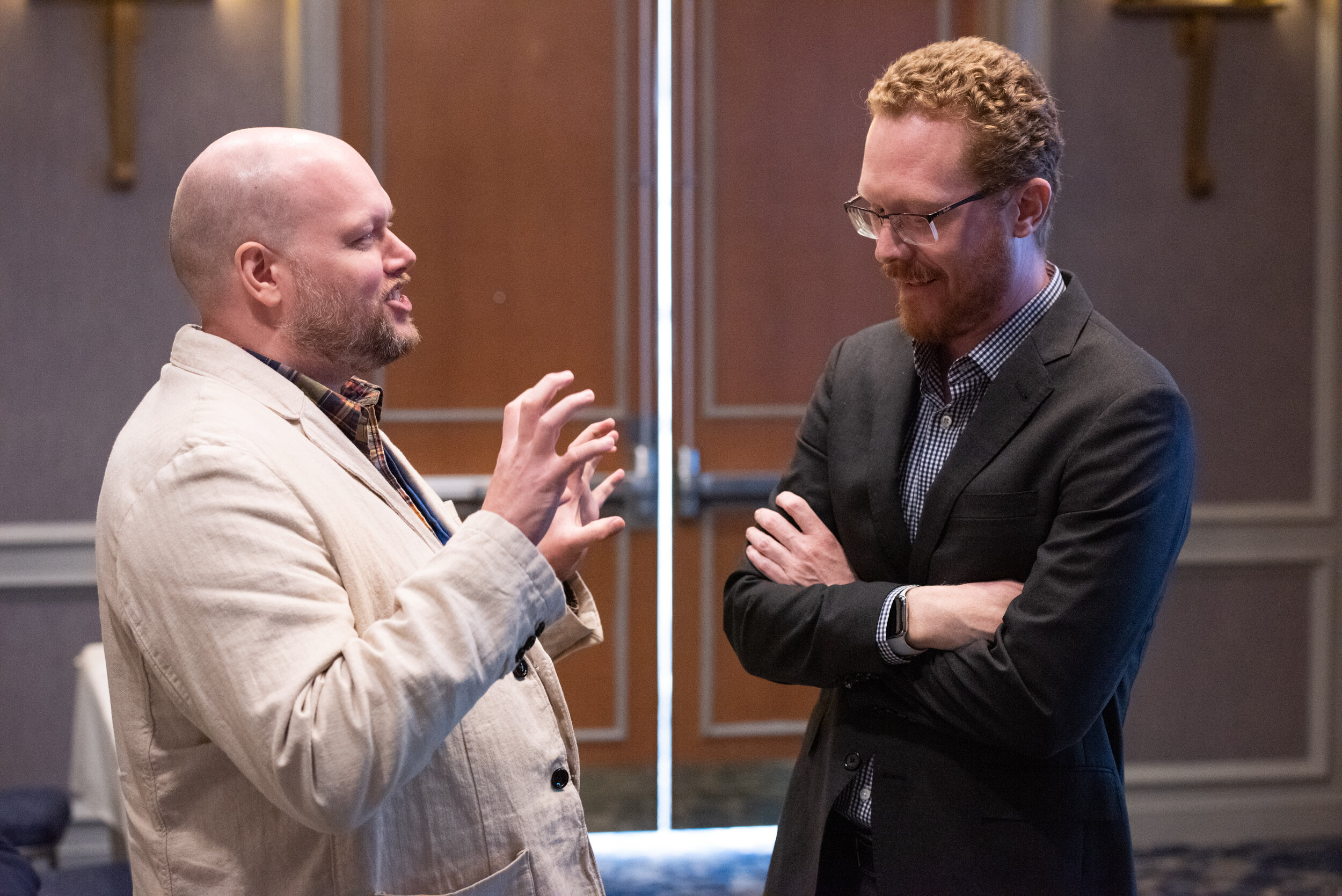

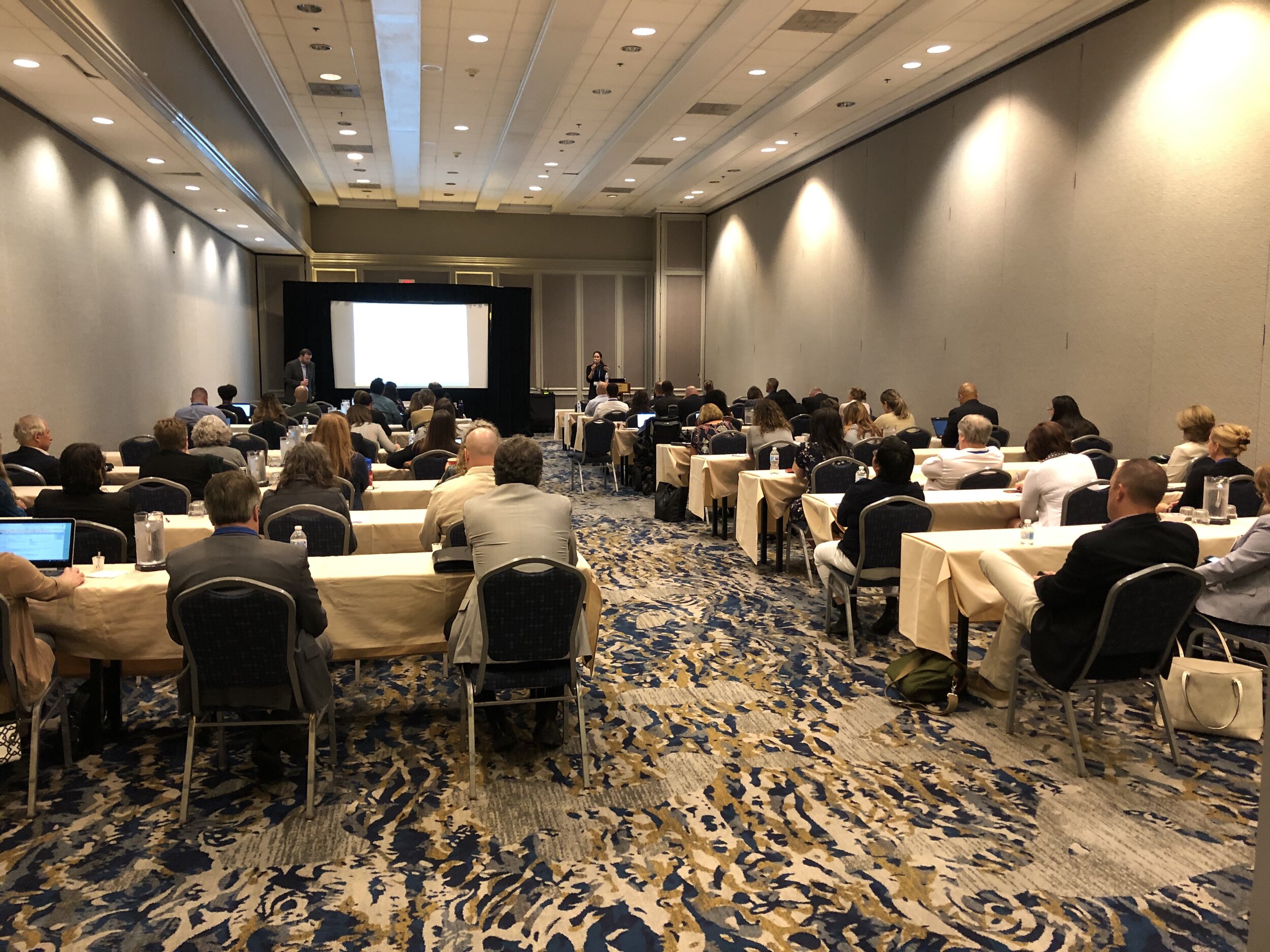
A number of sessions dealt with both practical efforts to accelerate value-based care through better data-sharing, and strategies to mitigate privacy concerns inherent in such approaches.
Deborah Jean Parsons (Aspire Health Alliance) and David Kimball (Collective Medical) focused on the benefits of real-time Event Notification Systems and how they support proactive care coordination strategies. Deborah Jean outlined the key challenges Aspire (and others) have faced within their Community Partner program: (1) locating and communicating with those who are enrolled in the program, and (2) reducing acute care episodes. She then explained how Aspire uses Collective Medical’s PreManage platform to access up-to-date contact information, gain real-time alerting for hospitalizations, and enable care coordinators to visit patients while they are still at the emergency department. David expanded on Collective Medical’s approach to managing information-sharing consents to ensure all providers stay on the same page.
Another area of critical information-sharing and partnership revolved around managing medications and prescriptions, especially for heavily regulated controlled substances. Patrick Meadows from DrFirst explained how they have begun to embed information from Prescription Drug Monitoring Programs (PDMP) directly within their e-prescribing solution, and how national and local requirements for e-prescribing controlled substances has spurred adoption of such systems. There are still challenges to adoption, however, as the platforms are generally unique to each state and there are strict limitations on how data must be stored.
Data storage and interoperability played a key role in an eye-opening presentation given by Jack Hamm of cybersecurity firm Gigamon. Jack described security as having three pillars: confidentiality (data should be accessible to only those who need it), integrity (data is trustworthy and accurate), and availability (data is available when you need it). In a presentation filled with sobering statistics and an explanation of various “threat models”, Jack explained that with the right people, the right processes, and the right technology, providers could dramatically limit their risk of a costly data breach. His key take-aways? Build an inventory of assets (it can be as simple as a spreadsheet of computers, tablets, smart TVs–anything connected to the network), control administrative privileges (they’re the primary vector of cybersecurity attacks), protect your email (70% of all attacks start through email), use multi-factor authentications (passwords on their own are not effective), and provide your team with up-to-date policies and training (and ensure senior leadership stresses its importance).
““It’s not just about how you gather data; it’s the insights you derive from it.””


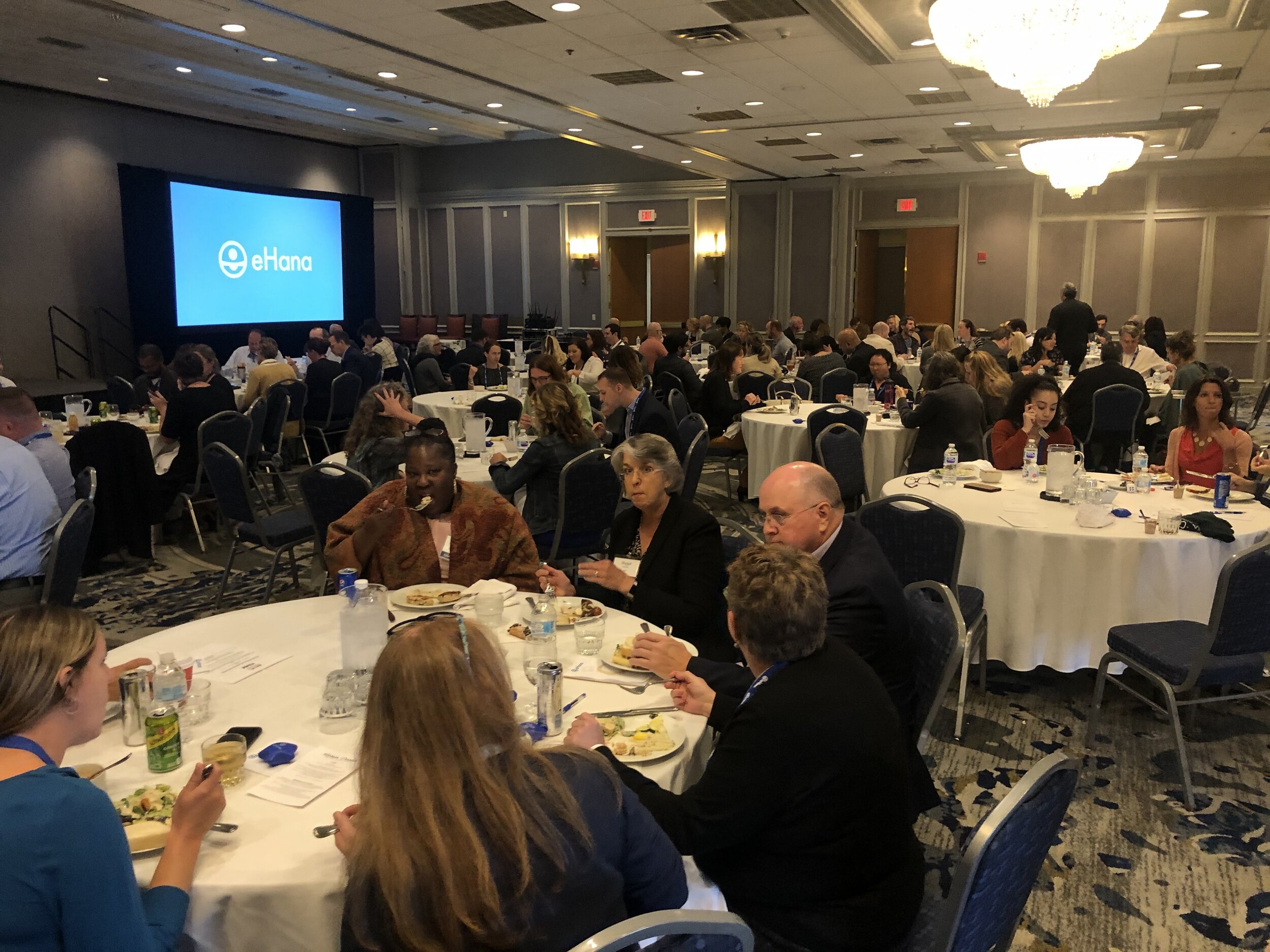

No ‘Ohana conference would be complete without eHana product demos and previews, and this year was no exception. In one session, the eHana product team provided functionality refreshers on hidden gems within the eHana platform – “forgotten” features, advanced report parameters, and EHR configurations. Not only did attendees learn about notification triggers, setting up client Teams and appointment reminders, enabling collaboration on in-progress documentation, and managing Billing Providers, they also played a game of “family feud” to test their knowledge of reports within the eHana platform!
In “Our Data-Driven Future”, members of the eHana data team demonstrated upcoming business intelligence functionality including real-time demos of cloud-based data warehouse and analytics. Understanding and analyzing data is critical in this evolving environment and the eHana team showed their commitment to providing customers with cutting-edge tools to help them become truly data-driven organizations.
Party time!
While the content and networking were engaging, the real star of the show might have been the food – the highlight of the day was the afternoon snack break, featuring fall-themed New England options including apple ice cream, pie, and cider donuts!
As the sun set over the banks of the Charles River attendees gathered with their peers for drinks and reception at the annual Networking Reception – another eHana ‘Ohana in the books. Our sincere thanks to everyone who attended the event and contributed to making it such a success. See you in 2020!


